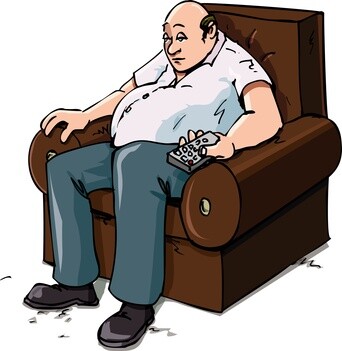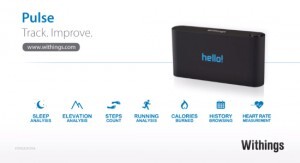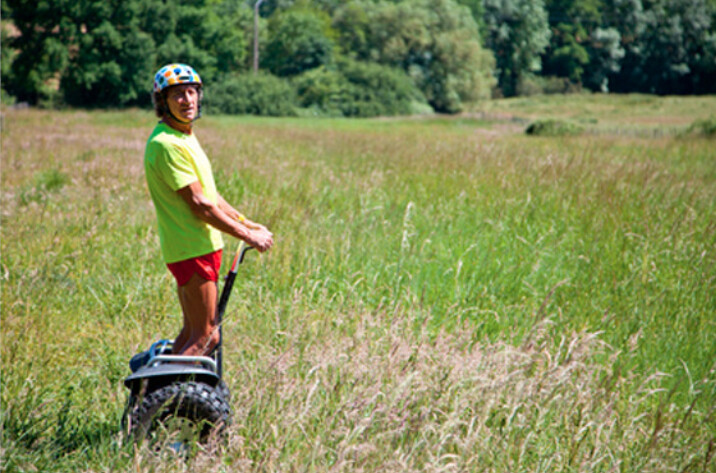
In developed countries people are slowly realizing that they are not active enough, or at least not active enough to stay healthy and avoid preventable chronic diseases like obesity, diabetes and high blood pressure. How did we get there? How can we make sure we are active enough?

Characteristics of the human body
The human body as we know it hasn’t evolved much since the rise of Homo Sapiens. If you follow the principles of the evolutionary theory our bodies are suited for the lifestyle of early humans, with its particular levels of activity and eating habits.
What do we know about the fitness level of Homo Sapiens?

- He had long arms and legs but slender trunks.
- He often had to run (to stay alive when being chased by predators for example),
- He had a good muscular endurance (he ran some of his preys to exhaustion, something called “persistence hunting”).
 Survival of the (physically) fittest?
Survival of the (physically) fittest?
It is only recently that major technological innovations changed the game. Now most of us don’t rely on hunting for food. If you think about it, technology has even made it easy to not move… at all! We’ve now reached a point where we spend most of our time sitting or laying down.
 A global reality check
A global reality check
As the consequences are visible and are felt by a growing number of persons worldwide, we are slowly realizing that we need to be more active!
- More and more people are overweight, obese or suffer from diabetes and high blood pressure.
- On a global scale physical inactivity is #4 on the list of leading risk factors for mortality.
 What is the good level of physical activity?
What is the good level of physical activity?
The World Health Organization has issued several activity level recommendations. Concerning adults between 18 and 64 years old, the W.H.O. lists 4 “best practices”:
- 30 minutes of physical activity 5 times per week,
- 150 minutes of moderate-intensity physical activity per week,
- 75 minutes of vigorous-intensity physical activity per week,
- 10,000 steps per day.
 Why 10,000 steps a day?
Why 10,000 steps a day?
A pedometer called the “10,000 steps meter” was sold in Japan as early as 1965, by Dr Yoshiro Hatano. In the eighties the scientific community validated Hatano’s studies which concluded that 10,000 steps was the right amount of daily activity to maintain a healthy body.
 What devices can I use to count the steps I walk?
What devices can I use to count the steps I walk?
Pedometers will tell you how many steps you have walked during the day. They have one major flaw though. They won’t make the distinction between walking on flat ground, walking up a flight of stairs and running, even if these activities have different intensities and do not burn the same number of calories.
 What is the best device to track physical activity?
What is the best device to track physical activity?
Some smart activity trackers are able to tell the difference between different types of activities (vigorous or moderate intensity), and will give you more accurate measurements: number of steps, distance traveled, elevation climbed and calories burned.

Discover the Withings Pulse
An 8-gram smart tracker to monitor your activity 24/7, measure your heart rate and improve your health.
Learn more
- Find out all about the Withings Pulse.
- Find out why people are excited by the Pulse?
- What about pinning a Withings Pulse to your Pinterest board?
- Tweet your questions, wishes and remarks about the Pulse using the #TakeYourPulse hashtag.
- Join us on Google +.
Other topics that might interest you
- Why the weight taboo?
- What does a healthy fat mass percentage look like?
- How wide and open is the Withings ecosystem?
Achieved a lifestyle change involving lots of steps?
- Please share your story in the comments below.
- If you used a Withings device to be successful, please send us your testimonial at community@withings.com.



